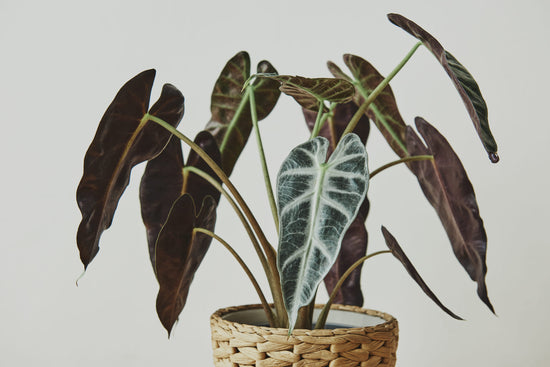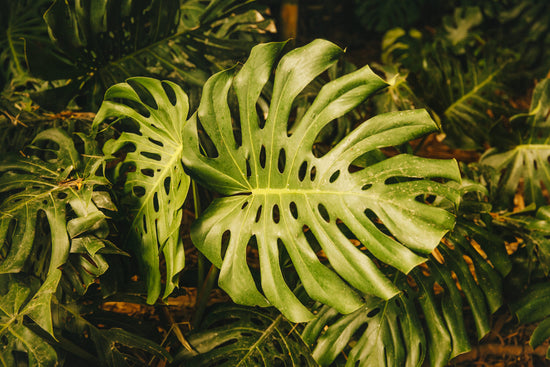Air plants, also known as Tillandsias, are fascinating and easy-care plants that are becoming increasingly popular in homes, offices and gardens. These unique plants grow without soil and get their nutrients and moisture directly from the air. In this detailed post, you'll learn everything you need to know about air plants, from how to care for them to different types and the benefits they offer.
What are air plants?
Air plants belong to the Bromeliad family and are native to the tropical and subtropical regions of America. They are characterized by the fact that they do not need roots to absorb nutrients. Instead, they have special cells on their leaves that absorb water and nutrients from the air. This allows them to grow on different surfaces such as stones, trees or even decorative elements.
Popular Types of Air Plants
There are over 600 different types of air plants available in different shapes, colors and sizes. Here are some of the most popular:
- Tillandsia ionantha : One of the most common species, known for its bright red or pink leaves that appear during flowering.
- Tillandsia xerographica : This species has silvery, wavy leaves and is known for its impressive size and shape.
- Tillandsia caput-medusae : With its tentacle-like leaves, it is reminiscent of the mythological Medusa.
- Tillandsia bulbosa : This plant has thick, curved leaves and forms a tuberous base.
- Tillandsia cyanea : Also known as “Pink Quill,” it has a striking pink flower that looks like a quill.
care of air plants
Although air plants are relatively easy to care for, they still require certain conditions to thrive:
- Light : Air plants prefer bright, indirect light. Direct sunlight can burn their leaves, while too little light will stunt their growth.
- Water : Mist your air plants with water two to three times a week or soak them in water once a week for about 20-30 minutes. Make sure to dry them completely after watering to avoid rot.
- Air circulation : Good air circulation is crucial to keeping plants healthy. Make sure they are in a well-ventilated area.
- Temperature : Air plants thrive best at temperatures between 15 and 30°C. Protect them from extreme temperature fluctuations and frost.
- Fertilizer : Fertilize your air plants once a month with a special bromeliad or orchid fertilizer diluted in water.
Benefits of Air Plants
Air plants offer numerous benefits that make them a great addition to any home or office:
- Easy care : Without soil, air plants are less susceptible to pests and diseases. They are ideal for people with little time or gardening experience.
- Flexibility : Thanks to their ability to grow on different surfaces, you can use air plants in creative arrangements, whether in terrariums, on driftwood or hanging on walls.
- Improve air quality : Like other plants, air plants help improve air quality by filtering pollutants from the air.
- Decorative variety : With their different shapes and colors, air plants offer endless possibilities for decoration and enhance any room.
Creative Use of Air Plants
The versatility of air plants allows you to integrate them into your home in numerous creative ways:
- Hanging Displays : Use wire or macrame to create hanging gardens.
- Terrariums : Combine air plants with sand, stones and other natural elements in a glass container.
- Driftwood : Attach plants to driftwood or other natural materials for a rustic display.
- Shells and stones : Place small air plants in shells or on stones for unique decorations.
Air plants are a wonderful choice for anyone looking for low-maintenance and decorative plants. With their ability to grow without soil and their amazing adaptability, they bring not only beauty but also health benefits to any space. Whether you're an experienced plant lover or a newbie, air plants are an enriching addition to your home or office.





